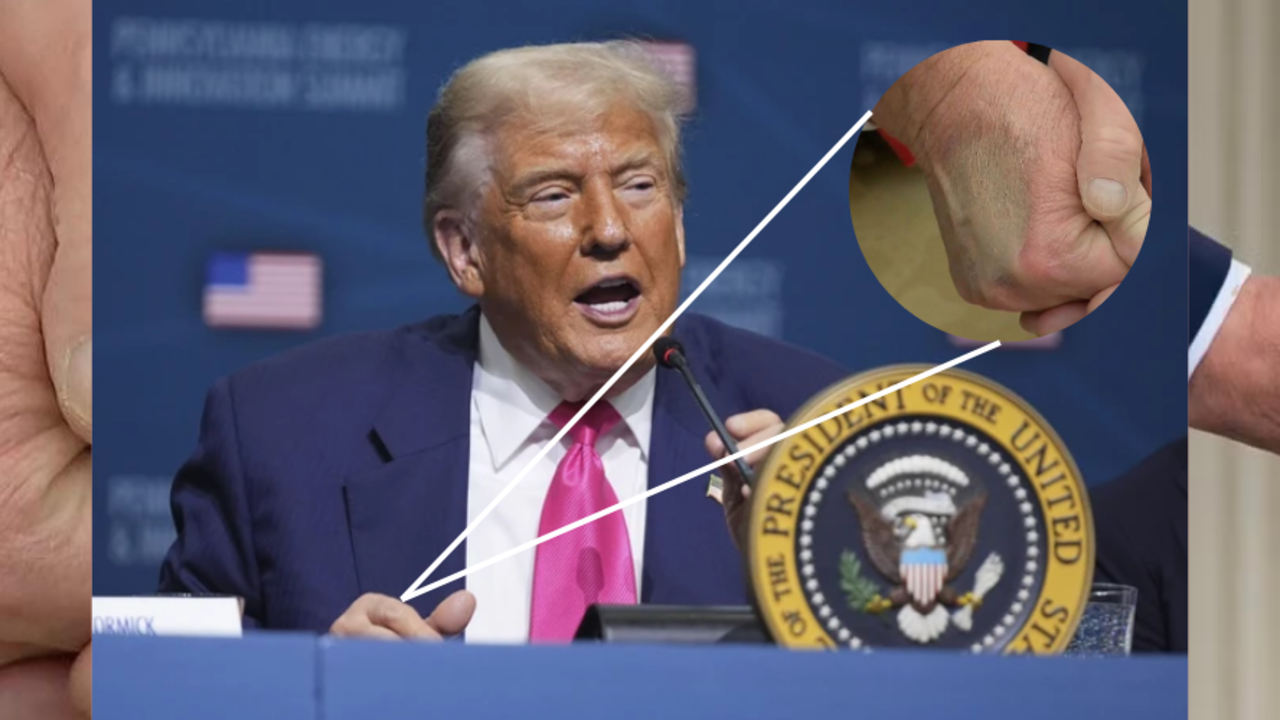Health Update on Donald Trump
Donald Trump, the former US president, has been diagnosed with a chronic vein condition known as venous insufficiency. This information was disclosed by the White House following several days of speculation about images that showed bruising on the president’s hand. The announcement came after Trump experienced swelling in his legs and underwent a comprehensive medical examination. He was also taking aspirin, which is part of a standard cardiovascular prevention regimen.
The White House Press Secretary, Karoline Leavitt, explained that the bruised hand was consistent with “tissue damage from frequent handshaking.” She emphasized that the aspirin was part of a routine health measure to support heart health. For Trump and his supporters, this news comes as a significant concern, especially given his frequent claims about being the “healthiest president that’s ever lived.”
Understanding Chronic Venous Insufficiency
Chronic venous insufficiency is a condition where the leg veins fail to efficiently return blood to the heart. Normally, valves in the veins ensure that blood flows upward toward the heart. However, when these valves malfunction, blood can flow backward, leading to pooling in the legs.
This condition can result in various symptoms, including:
- Pain
- Swelling
- Cramps
- Skin changes
- Varicose veins
- Leg ulcers
If left untreated, these symptoms can worsen over time, affecting an individual’s quality of life.
Causes of Chronic Venous Insufficiency
Several factors can contribute to the development of chronic venous insufficiency. These include:
- Being overweight
- Pregnancy
- Family history of the condition
- Previous injuries or surgeries to the legs
- Blood clots (deep vein thrombosis)
- Prolonged sitting or standing
- Lack of physical activity
- Smoking
- Inflammation of veins close to the skin (phlebitis)
Other causes may involve high blood pressure in the leg veins, which can develop over time due to long periods of inactivity.
Symptoms of the Condition
According to medical sources, the symptoms of chronic venous insufficiency may include:
- Swelling in the legs or ankles
- A tight feeling in the calves or itchy, painful legs
- Pain while walking that eases when resting
- Brown-colored skin near the ankles
- Varicose veins
- Leg ulcers that are difficult to treat
- An uncomfortable feeling in the legs, often accompanied by an urge to move them (restless legs syndrome)
- Painful leg cramps or muscle spasms
These symptoms can vary in severity and may require medical attention for proper management.
Official Statements on Trump’s Health
Dr. Meryl Logan, an assistant professor of vascular surgery at the University of Texas at Austin, explained that the veins and valves in the legs play a crucial role in pushing blood back toward the heart. When they don’t function properly, blood can flow backward, leading to chronic venous insufficiency.
White House physician Sean Barbabella confirmed in a statement that Trump’s condition is “benign and common,” particularly among individuals over the age of 70. He noted that further tests showed no evidence of heart failure, kidney issues, or other systemic illnesses. Barbabella reiterated that Trump is in “excellent health” overall.
Background on the Speculation
The speculation around Trump’s health began after photographers captured images of what appeared to be swelling in his legs during the FIFA Club World Cup final in New Jersey on July 13. A few days later, photos from his meeting with the Bahraini Prime Minister showed noticeable bruising on his hands, fueling further discussion about his well-being.







